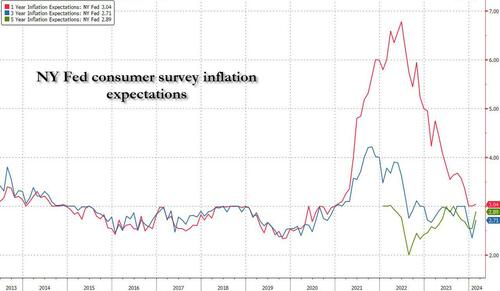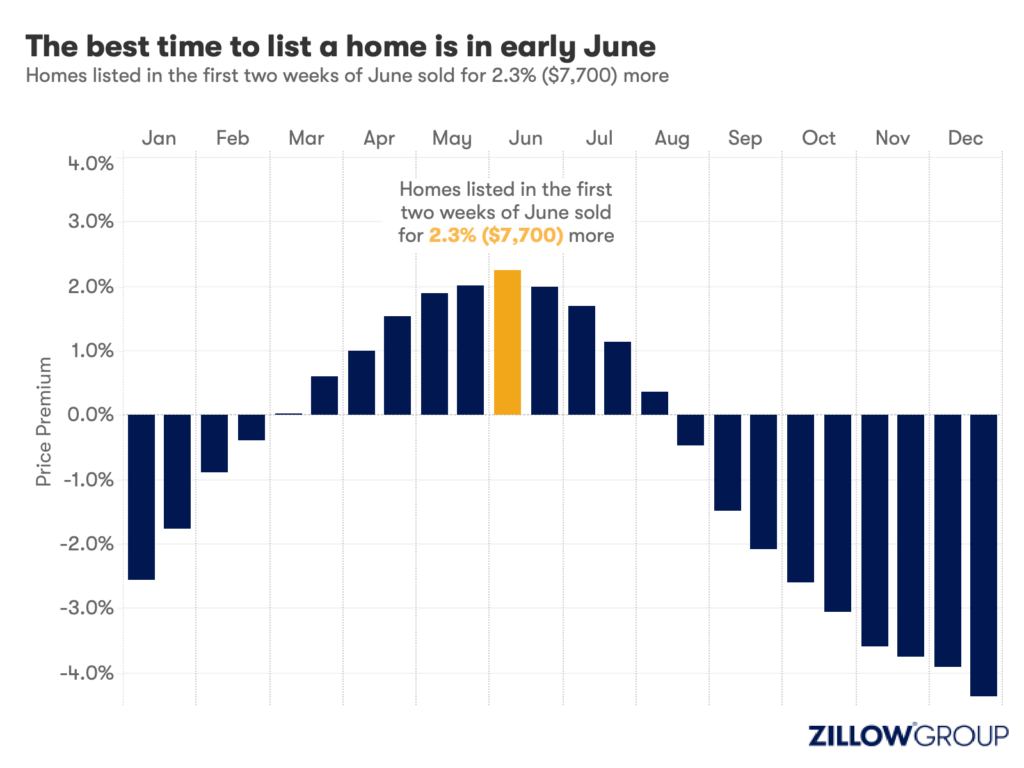Authored by John Butler via FortuneAndFreedom.com,
People like to remark that governments foster innovation, especially during wartime.
They also like to ignore the slaughter of millions which is usually part of this process. That is not to mention the innovators we missed out on as a result.
The latest government “innovation,” which follows in a long tradition of stealing ideas from the private sector designed to improve our lives and using them for other means instead, is central bank digital currencies (CBDCs).
Designed not to exist in any physical form whatsoever, CBDCs would give their central bank issuers entirely new powers. Indeed, much of the manoeuvring that was required in 2008-9 to rescue the financial system with taxpayer-funded bailouts would have been so much easier had CBDCs been in existence. But if easier, is that necessarily a good thing for the economy as a whole?
Nigel Farage doesn’t seem to think so. And he has come up with a plan to counter the government’s efforts.
To answer the question, it is important to differentiate between CBDCs and the concept of private, distributed digital currencies, including those such as bitcoin, that are built using distributed-ledger technology (DLT). In some ways they are opposites.
Rather than offer an alternative currency, CBDCs are mostly aimed at making monetary policy easier to implement and, potentially, more powerful.
As monetary officials have repeatedly made clear, they have no interest in replacing their policy discretion with algorithms, blockchains or any other form of private-sector solution. Recently, Pablo Hernández de Cos, the chairman of the Basel Committee on Banking Supervision, the regulatory branch of the Bank for International Settlements (BIS, the “central bank of central banks” which is based in that Swiss city), made the following comments with respect to DLT:
DLT could, in principle, allow for cheaper, faster and more customised financial intermediation. But, here again, such benefits must be weighed against the risks if not properly regulated and managed. These include potential threats to banks’ operational resilience, a lack of legal clarity with regard to assets transacted on DLTs, and concerns with regard to anti-money laundering and the financing of terrorism.
Financial system regulators have a bad habit of associating everything that is unregulated with money laundering and terrorism, when in fact the vast bulk of such activity takes place within the incumbent banking and payments system. Such invidious associations should be seen as primarily self-serving rather than anything necessarily in the public interest.
The Bank of England appears to share these sentiments. Earlier this month, the Bank published the following note:
In the traditional financial system, critical financial infrastructure is regulated to deliver an appropriate level of responsibility, accountability, and control. In the future, critical third parties providing material services to the UK financial sector (eg cloud service providers) may also be subject to regulatory requirements. So, there is a question as to what appropriate regulatory oversight of a blockchain could entail, were it to become a more critical piece of infrastructure in the financial system.
Blockchains do not constitute critical financial infrastructure (yet). But they could conceivably become so in the future if cryptoasset activity and its interconnectedness with the wider financial system continue to develop. So, it is important that relevant authorities find legal mechanisms and means of co-ordinated action to ensure that an equivalent regulatory outcome is delivered.
Hence CBDCs, once introduced, are not intended to displace, but to migrate existing, centralised, regulated monetary systems from paper based to wholly digital. There will still be legal tender laws requiring their acceptance for payment, and penalties for counterfeiting or other forms of fraud. Money laundering will still be a crime. And central banks will still control monetary policy. Indeed, their control of monetary power will grow.
As it stands today, while central banks set interest rates and conduct open-market operations (e.g. quantitative easing) these actions only have a direct impact on the reserves of the banking system which, for many years now, have been essentially digital.
Yes, banks do hold some physical cash in reserve, but it is such a tiny portion of their overall balance sheet as to be practically irrelevant.
The broader money supply, including the amount of physical cash in circulation, various types and amounts of bank deposits and credit, fluctuates along with economic activity and liquidity preferences. Thus, when the global financial crisis arrived in 2008, central bankers slashed interest rates and created huge amounts of reserves, but this did not prevent a general contraction in credit. Liquidity preferences spiked, including a desire to hold larger amounts of physical cash.
Given that multiple banks failed or had to be rescued, and that interest rates had declined to essentially zero, holding physical cash seemed an entirely reasonable thing to do. But it did have the effect of limiting central banks’ ability to add further monetary stimulus to their economies.
As one central bank after another began to consider lowering interest rates to outright negative levels, one immediate and obvious complication was that savers would seek to avoid negative rates by reducing their bank deposits in favour of physical cash hoards. Such a run on deposits would not only negate the proposed further stimulus, but would have the counterproductive effect of reducing banks’ normally stable depositor base.
CBDCs expand central bank power, for better or worse
CBDCs provide economic officials with a solution to this perceived problem: once introduced, a purely digital currency cannot be physically withdrawn. No matter if central banks cut interest rates to below zero, even dramatically so, in an effort to get savers to spend more. The digital currency must remain in the banking system. It may circulate more as households and businesses seek to pass the depreciating “hot potato” around, but there is no other option. A bank run on the system as a whole becomes impossible.
CBDCs also give central bankers the de facto power to “tax” deposits, or to supplement them with stimulus cash, as they did during the pandemic. But they would also give them the ability to easily track and trace every transaction, no matter how tiny, and perhaps embed some sort of sales, VAT or transactions tax, depending on the type of transaction involved.
To what extent these new powers would be used or abused is unclear, and a merging of monetary and fiscal policy in this way would no doubt be political, but CBDCs would enable a complete fusion of monetary and fiscal policy, if desired, and would make any form of avoidance or evasion on the part of households or businesses all but impossible outside of direct barter.
The end of financial privacy?
Financial privacy, something that has been eroding for many years, would vanish entirely. That is not to say that there could not be safeguards. And there are ways to help protect yourself. But here, too, the extent that individuals’ transaction histories would be visible to the authorities would need to be decided as a political matter.
This latter point helps to explain why there is much public disagreement amongst economic officials about how best to regulate private digital currencies and prevent their use for money laundering, tax evasion or other illicit economic activities. Whether public or private, purely digital currencies leave the ultimate “paper trail” that can be followed back to inception. Yes, individuals can use cryptography to protect their privacy on a public blockchain, hence why bitcoin is frequently referred to as a “cryptocurrency”.
In a 2021 article, the former acting director of the CIA, Mike Morell, made precisely this point, calling bitcoin a “boon for surveillance,” and noting that “concern over bitcoin’s use for illicit finance is significantly overstated.”
He should know. The CIA is known to monitor international financial transactions as it seeks to discover the source of all manner of activity, illicit or otherwise, that is considered a threat – real or potential, distant or immediate – to the national security of the United States, and to draw connections between both state and non-state actors whenever possible.
CBDCs as international reserves
The international arena is an interesting one for CBDCs, not only in that they would facilitate the ability of authorities to monitor cross-border transactions, but also because they could potentially disrupt the existing international monetary order.
The global financial system remains centred around the US dollar: it is worth considering whether another country’s CBDC, once successfully implemented domestically, could displace the dollar and provide the new global reserve.
Given that international reserve balances are already, in effect, digital in nature, the introduction of CBDCs doesn’t fundamentally change the game in this respect. Reserves remain within the banking system and are not “spent” in the way that domestic physical currencies are. Rather, as they are accumulated, they are sometimes sold to purchase securities of some sort, such as government bonds, or they are exchanged for other currencies, or sometimes gold.
Whether or not the dollar eventually loses its exclusive international reserve status will be down to other factors. It could be that China, Russia, Japan, Germany or the big oil exporters eventually tire of accumulating dollars that seem destined to lose value to inflation over time.
The war in Ukraine and associated economic sanctions might also catalyse some changes in international monetary behaviour. Dollar-dependent trade is a relatively easy target for sanctions, but if other currencies are used instead, sanctions become far harder to enforce. It should surprise no one that political leaders from Russia, China, India, Turkey and others have all made recent public statements to the effect that they have been actively seeking alternatives to the dollar even since Washington imposed war-related sanctions.
Were the above and other countries to indeed find a means to avoid the dollar in trade entirely, this would imply a severe reduction in the dollar’s global monetary role. Could the weaponisation of the dollar have, in fact, been counterproductive? Imagine Messrs Putin, Xi, Modi and Erdoğan channelling Napoleon (as discussed in yesterday’s edition of Fortune & Freedom): “Never interrupt the Americans when they are making a mistake!”
Dollar dominance on the wane, but NOT due to CBDCs
Having written extensively on the topic of global monetary regime change, in my opinion there is currently no national currency alternative to the dollar. All of them have problems of their own. Should the primary candidates migrate to CBDCs in future, with the US government opting for whatever reason to be left behind, doesn’t necessarily imply that the dollar would not remain the dominant reserve.
Of course, the US government might opt not to be left behind at all, but rather to place itself in the vanguard of the thrust to introduce a universal CBDC serving all modern monetary roles, including that of provide for the bulk of the international monetary reserve base. In a project of Napoleonic ambition, the US government could simply explain that all existing dollar balances be converted into a purely digital dollar and that, over some period of months, all physical currency would need to be redeemed for digital dollar balances in an account or would simply expire worthless.
However, what if, subsequent to such a move, multiple major countries in the world pushed back? For example, what if they shared some of the concerns mentioned above, including, perhaps, that the US government would abuse its dominant reserve position by not providing for a fair market interest rate or, perhaps, implementing an outright negative dollar interest rate as a de facto tax on foreign-held dollar balances?
In a way not dissimilar to Napoleon’s sense of near invulnerability when he set about invading Russia, the US government might find the rest of the world pursuing a form of defence in depth, finding ways to reduce reliance on the dollar. Perhaps some countries would even engage in a form of “scorched-earth” policy in which they required domestic economic agents to transact internationally in non-dollar currencies only.
Certainly such policies would be disruptive, but perhaps some actors would perceive their cost of their implementation to be less than to remain dependent not only on the dollar, but on a newfangled dollar CBDC which, paradoxically, gave the US Federal Reserve more power over global monetary conditions than it had ever had: nevertheless, this would be at a time when relative US global economic power had slipped to its lowest ebb since the 19th century.
What about digital gold?
If the dollar’s role continues to decline, there is a candidate that is more likely than any particular CBDC to replace it: gold. Gold is the only truly international money, accepted everywhere as a reliable store of value, and one with the strongest possible historical track record providing the de facto global monetary base and, under the classical gold standard, the de jure one. As I argue in my book, The Golden Revolution, Revisited, gold provides the game-theoretic monetary solution to a globalised, multipolar world.
So, while I don’t see CBDCs changing the international monetary regime on their own, it would be a real game-changer indeed if one or more CBDCs were to be linked to gold in some way. That would introduce real, tangible, perhaps irresistible competition for the dollar as the dominant global reserve.
As it stands now, however, it seems a more immediate concern that CBDCs will not only make it easier for central banks to implement negative interest rates, if desired, but that they will acquire a range of new, implied powers. Thus they bring with them broad implications for tax and fiscal policy, financial privacy and the ability for households to preserve their wealth in what has already become a highly challenging economic environment.
If you share our concern about these threats, why not take a look at Nigel Farage’s plan to side step them with some of your wealth?

































